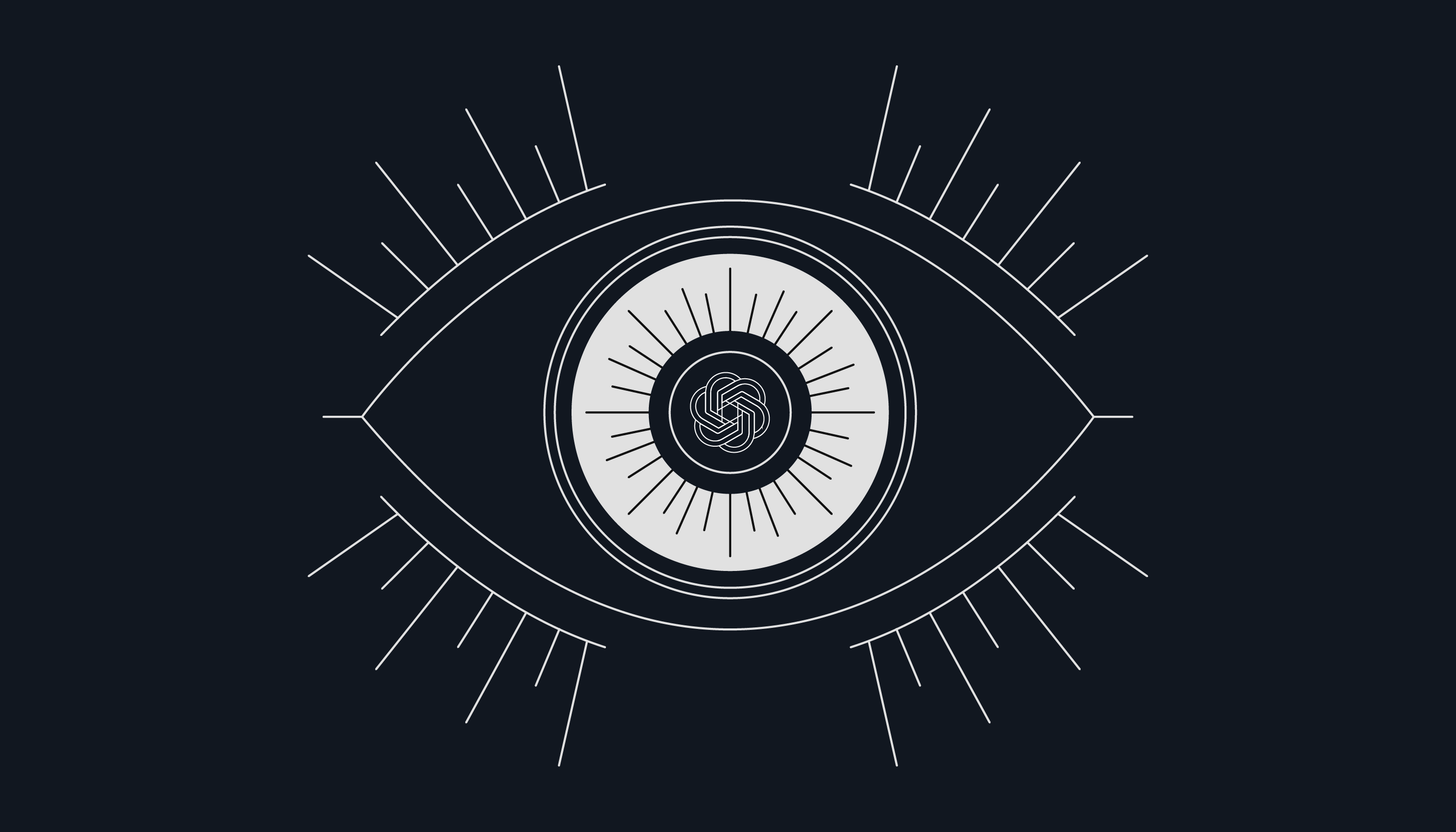
Ophthalmology is a field in constant evolution, where technology plays a significant role in improving the diagnosis and treatment of eye diseases. Recently, the introduction of EyeGPT and EyeGPT PRO – generative pre-trained transformers (GPTs) that leverage ChatGPT’s computing power with a focus on ophthalmological expertise – appears to mark a further step in this direction, combining medical expertise with advanced artificial intelligence (AI) technology.
EyeGPT is an artificial intelligence-based system designed to educate anyone interested in ophthalmology issues, and potentially aiding the early identification of eye problems. Using advanced algorithms, EyeGPT can analyze user-provided data to offer personalized advice or respond professionally to ophthalmic questions. It can not only increase patient awareness of eye health, but also act as a fundamental first step in the preventive care chain.
EyeGPT PRO takes things up a notch by offering advanced functionalities, such as detailed analysis of diagnostic images and the ability to recognize characteristic patterns of early ocular pathologies. This is useful not only for more accurate diagnoses, but also for customizing treatments, based on a vast database and previous learnings. EyeGPT PRO also offers continuous updates on every aspect of ophthalmology, both in the clinical and basic research spheres. Every response can be further detailed to ultra-specialist levels. The model will always ask if the response is sufficient or if there’s a need to delve deeper into even finer details, starting from the clinical level and reaching multidisciplinarity with basic research disciplines.
EyeGPT’s ability to identify early signs of rare or complex ocular diseases through the analysis of patterns in diagnostic images could significantly reduce waiting times for an accurate diagnosis. Much has already been said about the usefulness of AI systems in recognizing pathological profiles from image analysis, such as in diabetic retinopathy. We have tested these features by asking EyeGPT PRO to analyze the complex patterns of tear film interferometry, correlating them with different stages of dry eye, yielding extremely interesting results.
The integration of EyeGPT and EyeGPT PRO in ophthalmology represents an interesting application of AI in this field. The goal is not only to improve patient care, but also to open new avenues of reflection and innovative approaches to understanding and treating eye diseases. However, it is important to remember that these are experimental models, still prone to errors or inaccuracies, and their refinement is the result of ongoing, nascent work that is aided by feedback on the technology from the wider ophthalmological community.
